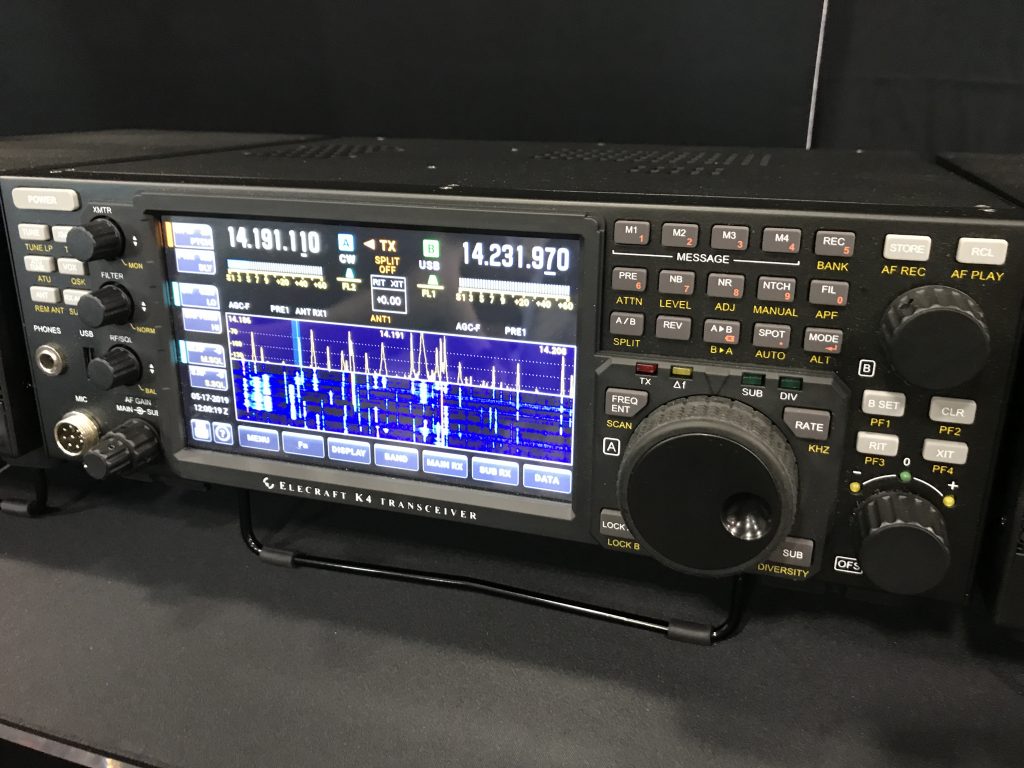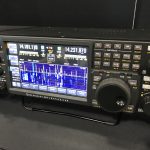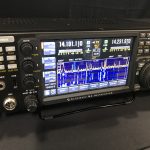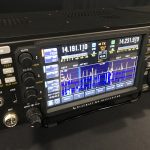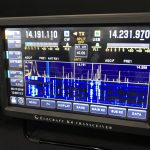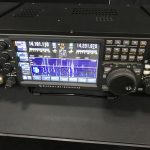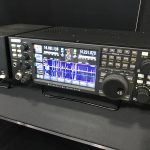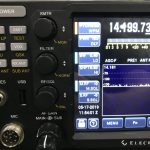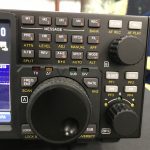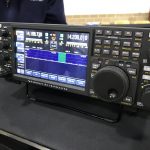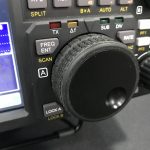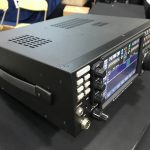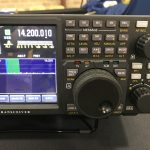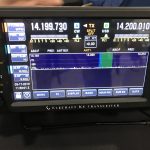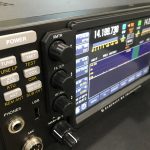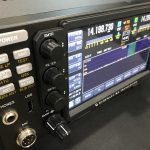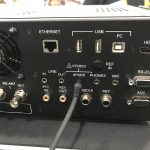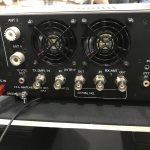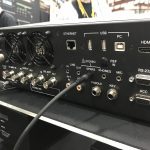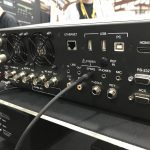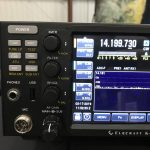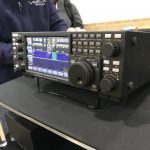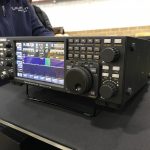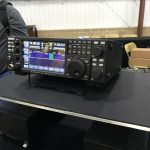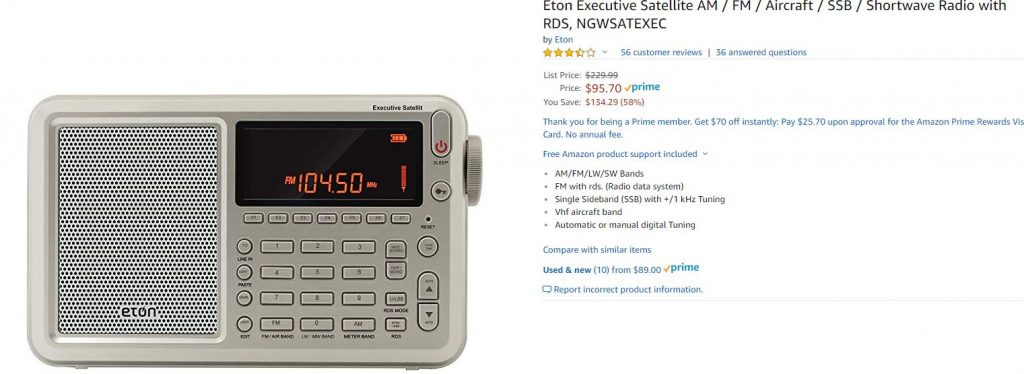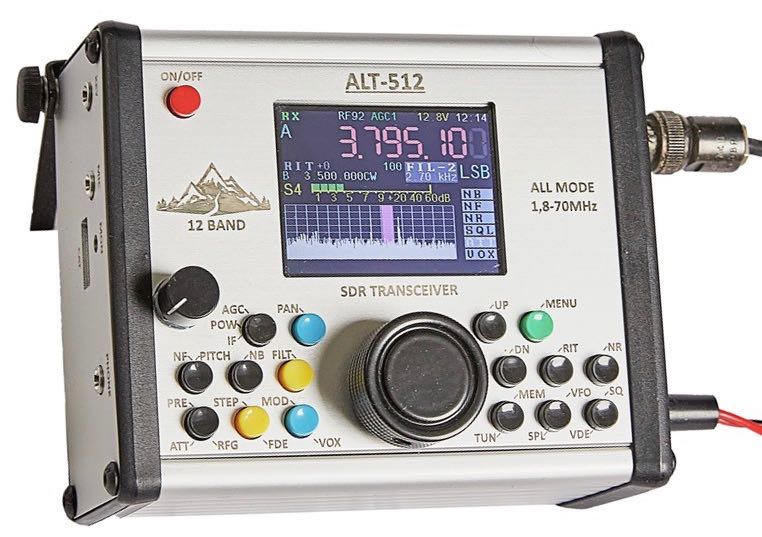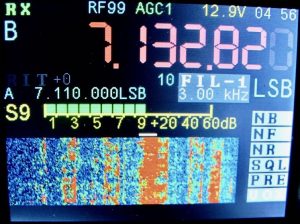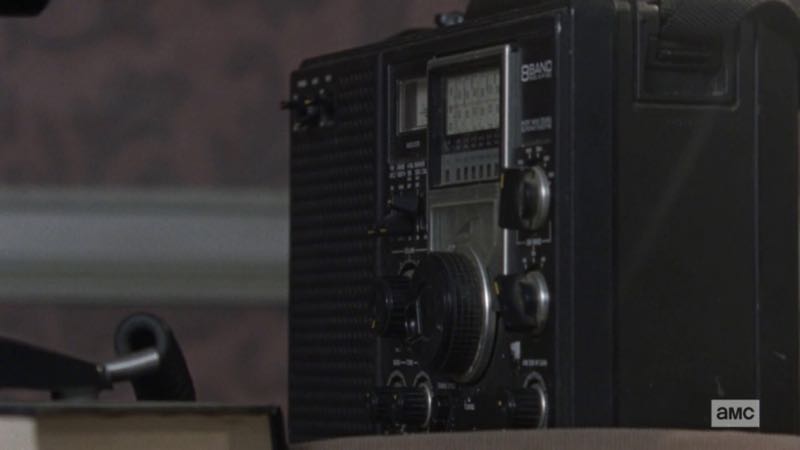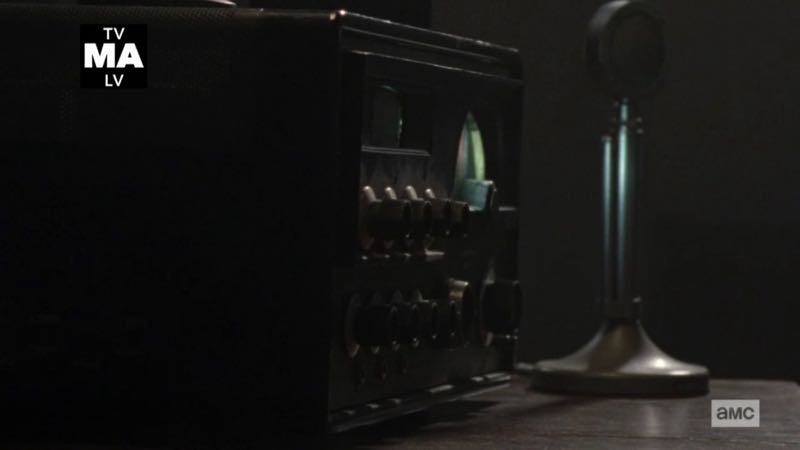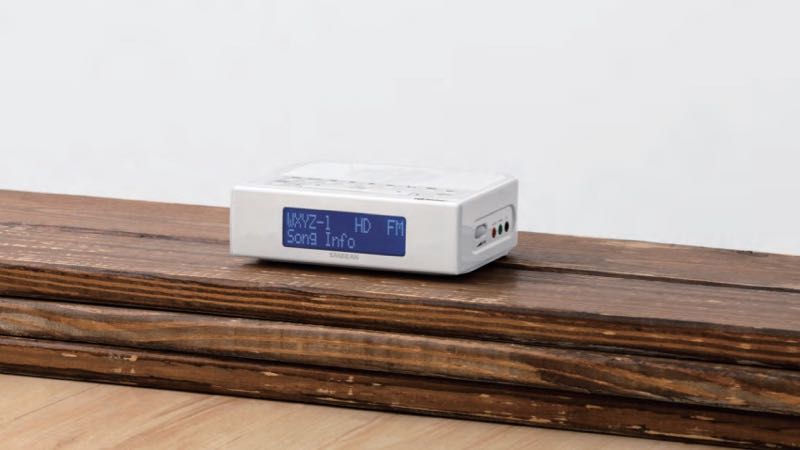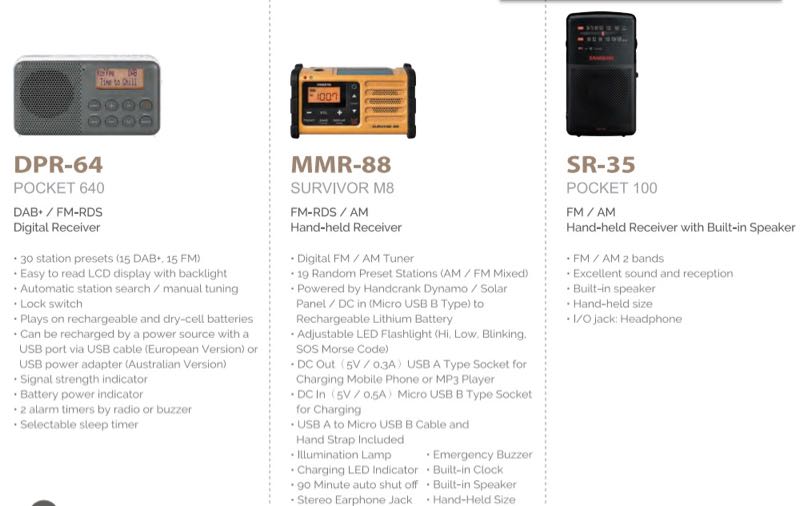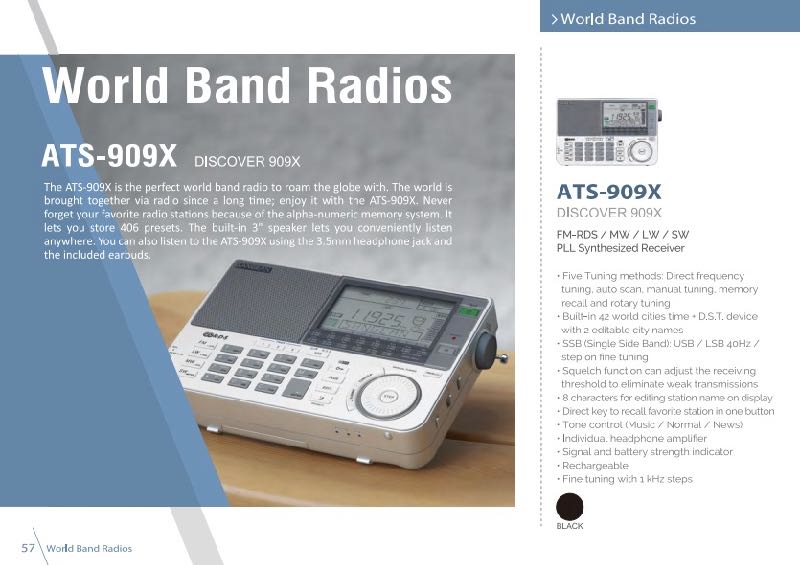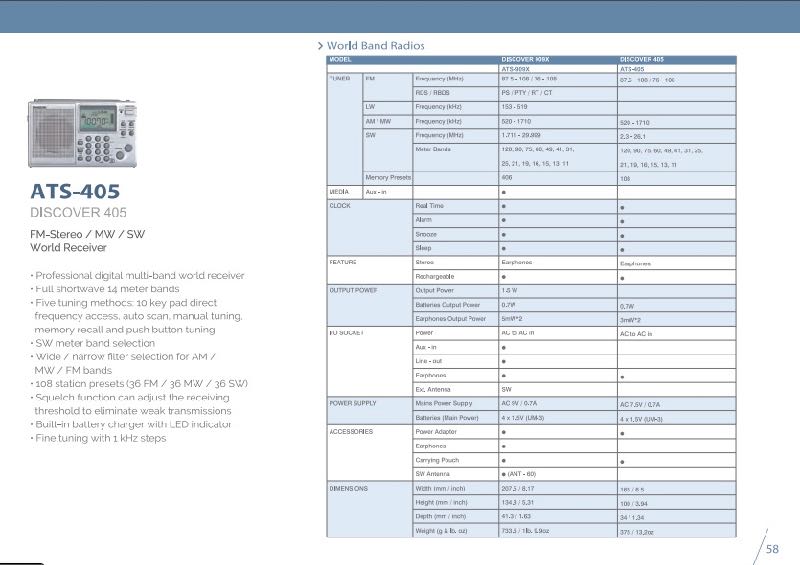
Category 4 Cyclonic Storm Fani was the strongest tropical cyclone to strike the Indian state of Odisha since Phailin in 2013.
Many thanks to SWLing Post contributor, Ashok Shankar Das, who shares the following post from his blog SWLDAS:
The extremely severe cyclonic storm #Fani recently visited Odisha. It is Peculiar to have a Cyclone in this time of year. Though history says earlier there are some cyclones hit Odisha coast during this summer season.
[…]I have seen several Cyclones including #1999SuperCyclone . Though Super cyclone has done a lot of damage, this one is no less. Wind speed of 200kmph with gust 220 to 250 kmph ripped everything in its path. major damages to infrastructures like power grids, cell towers under construction buildings are name a few.
My Preparedness
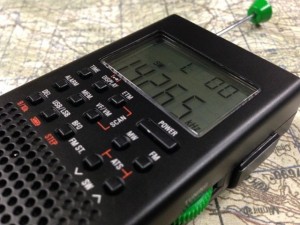
The CountyComm GP5-SSB
See this SWLING article–I was runner-up in that challenge. My preparation for Cyclone Fani was as per I have described. Well Not all. I have charged emergency light, arranged candles and lantern. Stocked Biscuits and Flat rice. Stored around 15Liters of drinking water. Emergency medicines and fully Charged 3 Baofeng Walkie Talkies.
The GP5SSB I got as a gift from SWLING Post, put new battery in it. I have downed external antennae for HF and VHF. Baofeng handys are quite good as scanner. I monitored HAM band so I could know the situation in surrounding area and also if situation arises I could give a distress call to Nearby monitoring person. But that situation didn’t arise.
HAM volunteers from WBRC started their communication service since 5th May. They Have setup a VHF in state control room at Bhubaneswar, ADM office Puri and Khurda.
Since 5th may onward I was monitoring and in QSO with VU2IPL(Suresh). VU2FTP VU2XRY VU3YDA and VU3OXI are handling the communication between Puri, Khurda and Bhubaneswar.[…]
Click here to read Ashok’s full post on his blog, SWLDAS.
Thank you for sharing this, Ashok and we’re very pleased that you made it through this extremely dangerous storm well-prepared. It sounds like your community has a good ham radio communications network at the ready as well.
Ashok, you are reminding me that it’s time to dream up another Virtual Radio Challenge along with an enticing prize. I’ll start putting one together! Perhaps I can find a prize at the Hamvention this week. Stay tuned…

